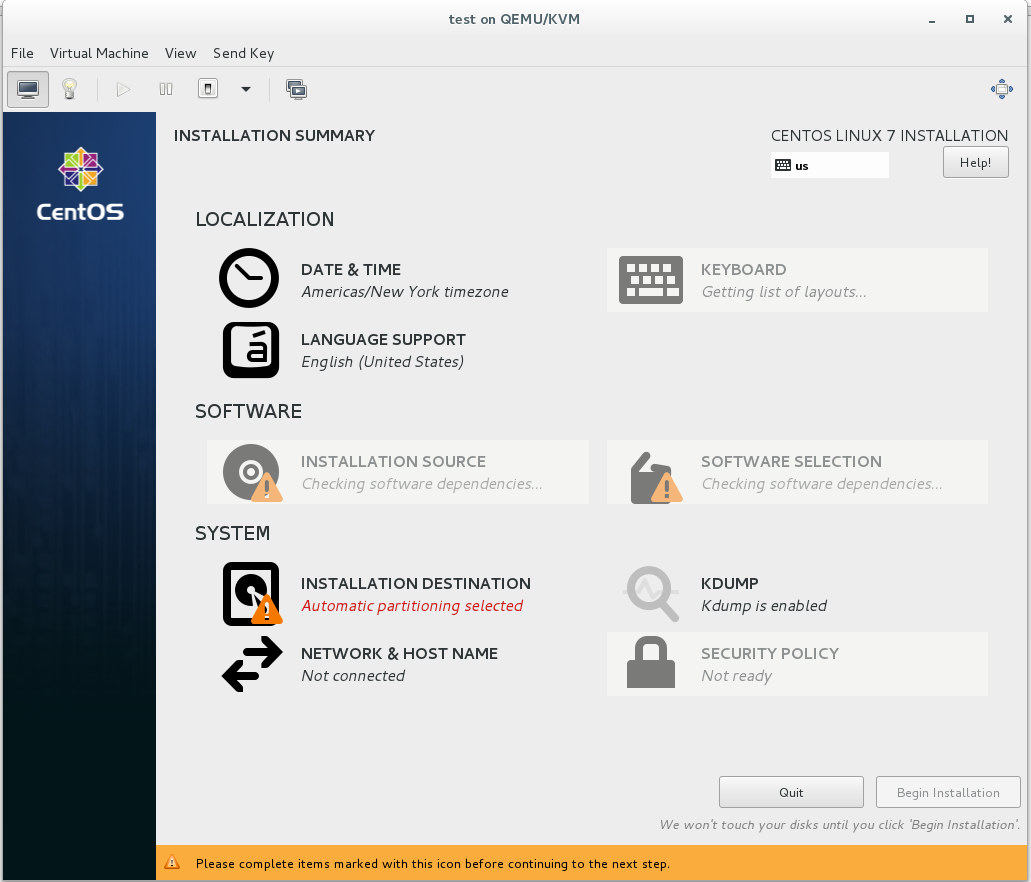Many of us remember playing capture the flag (CTF) back when we were kids. The idea was to divide into teams, try to sneak to the other teams side and capture their flag. Years later, this idea was expanded on when Playstation and XBox started putting together multiplayer games that had the same general idea. More recently, the idea has morphed once again with hacking and computer security related CTF competitions. Perhaps the most famous CTF is the annual Defcon CTF where participants from around the world work to qualify to take part in the event at the conference itself, but this is just one of countless CTF competitions that take place on nearly a daily basis.
Splunk .conf Day 2 and 3
So when I last left you guys I was attending Splunk .conf. My plan was to write each day but I quickly realized how long the day was when you included 9 hours of conference, plus commuting to and from DC each day so screw that.
Splunk .conf2017 Day 1
So today was day one of Splunk .conf2017. This being my first time at .conf, I wasn’t entirely sure what to expect. The morning started off with the keynote address by the CEO of Splunk, Doug Merritt. A couple of interesting numbers to start with. 7,187 people were regestered to attend .conf this year from 65 countries who traveled a combined 65 million miles to get to Washington DC (enough miles to go to and from the moon over 100 times).
Splunk .conf
Today was the first (well sort of) day of the 8th annual Splunk .conf convention here in DC. .conf covers a range of topics, is three days (well really 2.5) long, has over 200 technical sessions, and includes over 6,000 participants. In short, its a bit of a data science nerd orgie.
Keeping Time Without a Source
A while back I wrote about the importance of using a standardized time source. Keeping accurate time across devices is essential so that you can easily correlate events within logs across the network. But what do you do when you’re operating on a closed network and there is no time source that you can pull from?
Building a Centos Server Image
This is the first of what will be a number of posts on building out parts of a basic mission network. This network will be based on Centos 7 (Linux), with an IPA server (Linux version of Active Directory), have a local patching server, and a number of there features. Today’s article will focus entirely on the basic build of a Centos 7.0 system and will serve as the base system for all of the other lessons in the future
Signal-Chief is Now “Secure”
You likely haven’t noticed yet, but if you look at the top corner of your browser, you should be seeing a little lock symbol up there for the first time (at least when you came to this site). For years now, Signal-Chief has been served up on straight HTTP. I was never really worried about it because there is no personal information on the site, and the only person who actually logged into it was me (and I use unique passwords on everything)
Screwing Around with IPTables When It Doesn’t Play Nice
So you may not have noticed (hopefully) but I recently moved signal-chief from a shared hosting instance on GoDaddy to a dedicated VPS system. As a cyber guy, one of the first things I wanted to do was to start with some basic security so of course step one is to run yum update to update all of my packages, and step two was to setup some firewall rules. To allow me to initial a connection (DNS, http, whatever) from the server and get the return traffic back. Unfortunately when I tried to run this command I got “iptables: No chain/target/match by that name” sent back to me. Well that’s frustrating.
Where the Hell am I?
As anyone who has spent more than an hour or two driving around the box at NTC knows, it can be pretty damn easy to get lost in the desert, especially at night under blackout conditions. After 3.5 years there, I got pretty good at knowing my way around the box but during each rotation there was always at least one or two times where I would get turned around and have no idea where the hell I was
Logs Logs Logs
One thing that I first noticed occasionally as a Net Tech, and then more as an OC/T at NTC and finally a ton now that I have moved into the cyber side of the world is the just how important logs can be. The problem….we suck at actually saving the stupid things.









